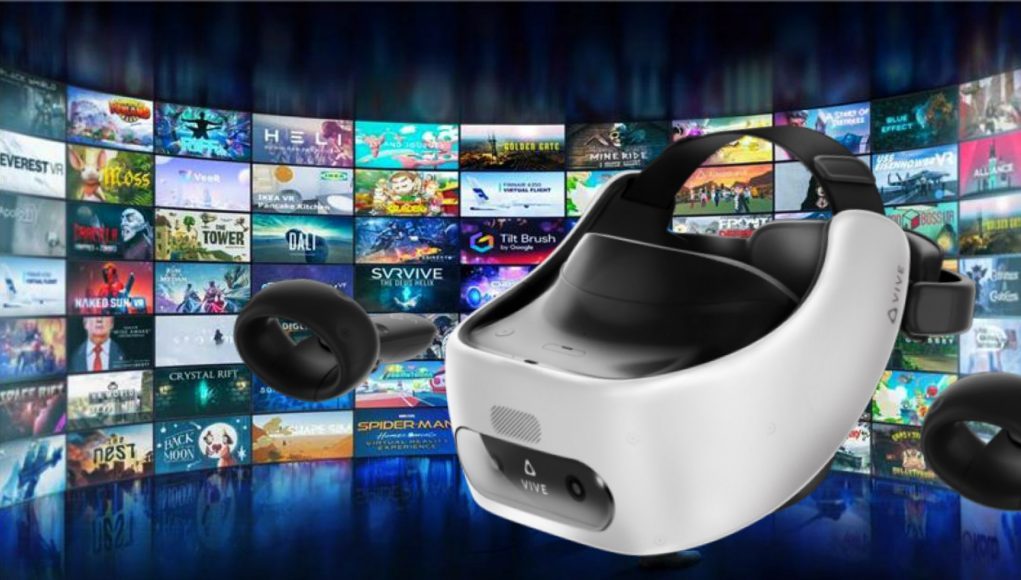HTC today announced that it’s released support for 5Ghz WiFi streaming for Vive Focus Plus, as well as all 6DOF standalone headsets supporting the Vive Wave platform. Much like Oculus Quest’s Link functionality, Vive Focus Plus can now play PC VR titles through Viveport, albeit without the need of a cable.
Now released in beta, WiFi streaming is only being made available to subscribers of Viveport Infinity, the company’s Netflix-style subscription service for its digital distribution platform, which allows unlimited downloading of select content.
Outside of needing a Viveport Infinity subscription and Vive Focus Plus (or any other full-6DOF Vive Wave headset, which excludes the original Vive Focus) users will additionally need a VR-ready PC and a ‘standard’ 5Ghz WiFi router.
Vive Focus Plus, which is sold starting at $800, is couched as an enterprise-focused device in the US and Europe, however in China it was launched as a bona fide consumer device, which may explain why the only promotional information we’ve found so far is in Chinese, courtesy of VR publication Skarred Ghost.
As Skarred Ghost’s Antony Vitillo notes, there are currently 300 games and experiences on Viveport M, the mobile version of Viveport; with the inclusion of official WiFi streaming, this effectively opens that number up to over 2,000 titles.
HTC Vive China President Alvin Wang Graylin announced the news via Twitter, making sure to mention there’s also “no need for special wires or cables,” an apparent swipe at Oculus Quest requiring a USB-C cable to play Oculus Rift platform games.
Excited we just released the public beta for @viveport #Streaming! #ViveportInfinity users can #Link Wave 6dof AIO w/ PC #VR content over 5GHz #WiFi with one-click! No need for special #wires or cables.🤔 Just update sw to latest. 🥽✂️🖥 (VR+PC UI below) @htcVive #ViveFocusPlus pic.twitter.com/wJ9K20dlHU
— Alvin Wang Graylin (@AGraylin) December 4, 2019
Before today’s release, Vive Focus Plus users typically streamed PC VR games via two popular unofficial software choices: Rift Cat’s VRidge software and AMD ReLive.
We haven’t had a chance to compare those methods with the new Viveport streaming implementation, although we’ll be looking out for user reports in the meantime. Whatever the case, HTC’s native implementation will need to hit an acceptable latency and video quality to be considered a true competitor to Oculus Link for Quest, which thus far has worked pretty flawlessly. That’s outside the fact that Vive Focus Plus simply isn’t competing with the $400 Quest, as it’s been deliberately sold as an enterprise device in the West, and at double its price.







